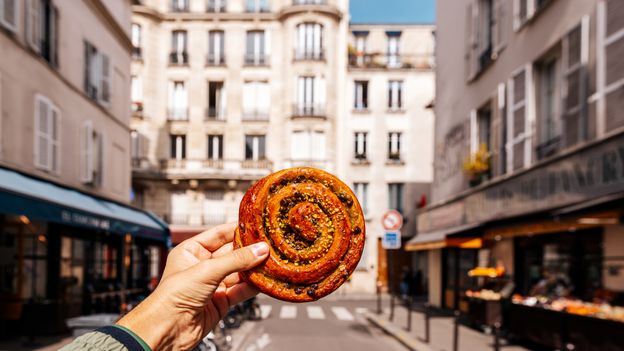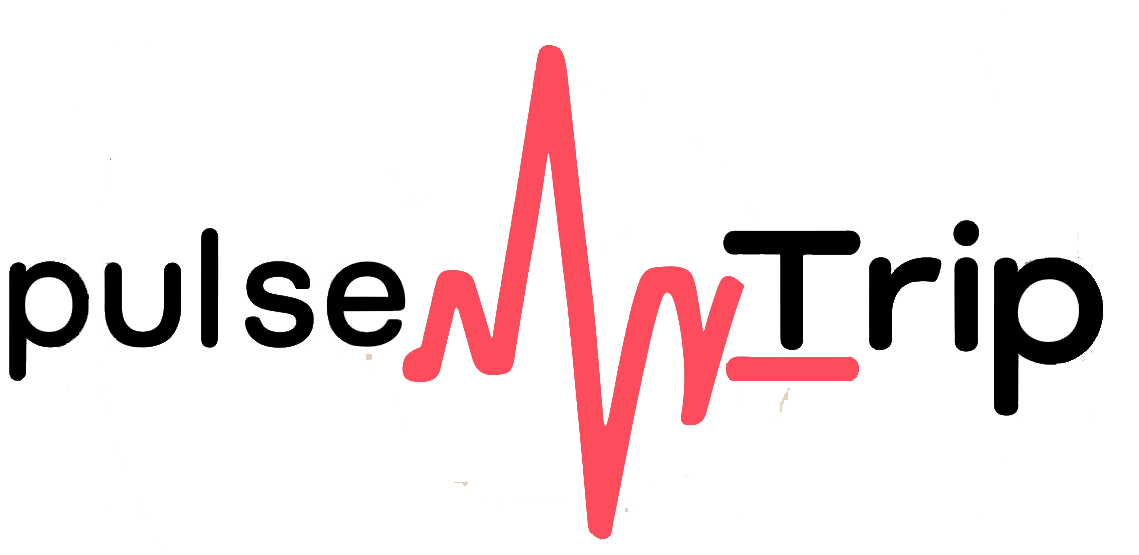Hilary Bradt is an extraordinary woman. She’s the co-founder of one of the most respected travel guide publishers in the world, one which was ‘the first’ to go to many worldwide destinations and which championed sustainable travel, long before it was fashionable.
She has spent decades leading tours to South America and Madagascar and lectured at the Royal Geographical Society and Smithsonian Institution, and received an MBE for her contribution to the tourism industry in 2008.
That’s achievement enough, but what is so remarkable is her adventurous spirit. Hilary began her adventures in the late 1960s; she was a trained occupational therapist, but she upped sticks in her early twenties, leaving home for a healthcare job in America, just so she could be near to Peru and her dream of seeing Machu Picchu. Before long she was travelling around South America and then Africa.

She is a true pioneer. She was journeying to places no one visited, long before the internet and social media. She met her then husband George and with very little funds, and hardly any kit (Hilary had her Clarks lace-up shoes) the two embarked on yet more long journeys, backpacking and hitchhiking to what are now much visited locations, such as the Falkland Islands, the Galapagos and Madagascar.
This year she published her memoir, Taking the Risk, where she writes about her early travel adventures and the setting up of Bradt Travel Guides. As well as her memories, it draws on the many letters she wrote to her parents which contained wonderful descriptions of the places, people and wildlife she encountered, letters which they fortunately had kept.
It’s a fascinating and entertaining book, and the more you read the more amazed you become. Hilary steadfastly and joyfully carries on, against all the odds, driven by a desire to see the world’s most incredible and beautiful places. Taking the Risk is like going on an adventure with her, it’s full of places and characters, both human and animal, and includes the also remarkable and refreshingly back to basics way she and George set up a publishing company.
Hilary is now in her eighties and living in Seaton and she’s still living life to the full. She’s a long distance runner and a sculptor, she still lectures and travels, and she still hitchhikes.

A river crossing
There was a bridge across the river at Koma-Koma, we’d been told, but no sign of one as the truck drew to a halt where the road disappeared under a brown torrent of flood water. Our driver was unfazed: ‘Koma-Koma low-cross bridge,’ he explained. The end of the journey for him and the start of our walk for us. Except that even with a firm concrete base this ford was far too dangerous to cross on foot.
We found a flat area to pitch our tent and waited for the rain to stop and the flood to subside. We waited for three days. I’d finished my book, had played enough Scrabble to last a lifetime, and investigated every aspect of the natural world outside our tent. It was time to go. As the taller and heavier of the two of us, I went first to test the waters. Leaving my pack and boots with the tent I gingerly entered the flow. By mid-river it raged against my thighs and I was nearly swept away. But the concern about having nothing to read was stronger than the fear of death so I made it to the other side – and back again. It would be easier with the weight of my pack, I reassured myself. And it was. We both made it safely across and the adventure of finding our way on foot to Sani Pass had begun.
All too soon we came to another river. The Linakeng looked deep, with loose boulders and rocks covering the bottom, and I was not going in. Although I’d made light of the hazardous crossing of the Orange, the experience had unnerved me. We turned right and followed the river upstream, hoping to find a safer place to cross.

The little schoolhouse was perched on a low hill overlooking the river with a scatter of huts nearby. Through the open windows we could hear the children chanting their lessons. We sat down to wait for classes to finish, knowing from experience that anywhere in the world schoolteachers are the best source of help in isolated areas: they usually speak English and their local knowledge is good. A small face appeared at one of the windows. Then another; it seemed that the whole class was peering at us silently. Then pandemonium. Children poured out of the door – and the windows – and raced towards us shrieking. They were followed by a harassed-looking male teacher. We explained that we were heading east to Sani Top but couldn’t find a safe place to ford the river. ‘No problem,’ he said, ‘I’ll show you the place for crossing.’ He shouted at the children in English to return to their classroom. They ignored him. He repeated the request in Sesotho. No response. He shrugged and told them something in a quieter voice. There was a whoop of delight and we and fifty or so children followed him along the riverbank.
‘What did you tell them?’ I asked.
‘I said they could come with us but must write an essay about it afterwards.’

A little girl held my hand and asked me repeatedly, ‘Where is my father?’ It was a question I felt at a loss to answer. The teacher collected two female relatives to carry our packs on their heads and soon stopped at a stretch of river that looked much the same as anywhere else but was, he said, easy underfoot.
We sat down to take off our boots and socks and the children clustered round like bees, buzzing with excitement. They fought for the privilege of carrying a boot each, and a smelly sock each, and to
hold our hands to support us. One child on each side chivalrously hoisted up the bottoms of my shorts to keep them dry. The river bottom was indeed soft and sandy, and with so many helpers we were practically borne aloft through the flood. The final luxury came when we sat down on the far bank to put our boots back on. The towel was whisked out of my hands and a small girl dried my feet, carefully separating each toe in order to dab the last moisture away. Her brother insisted that he eased the boots on, and a further boy did up the laces.
I would have loved to have read those essays!
Extract from Taking the Risk by Hilary Bradt.









